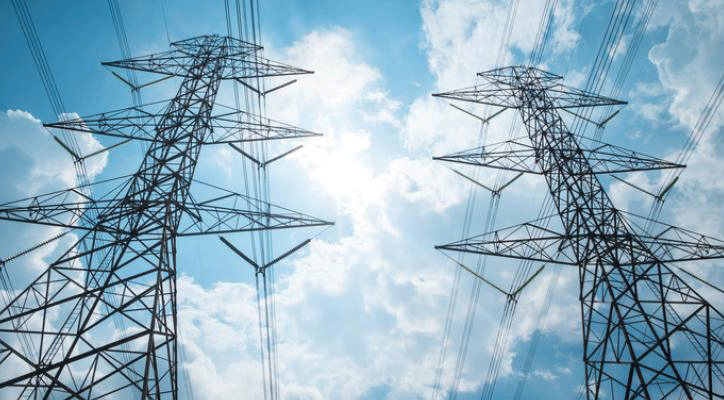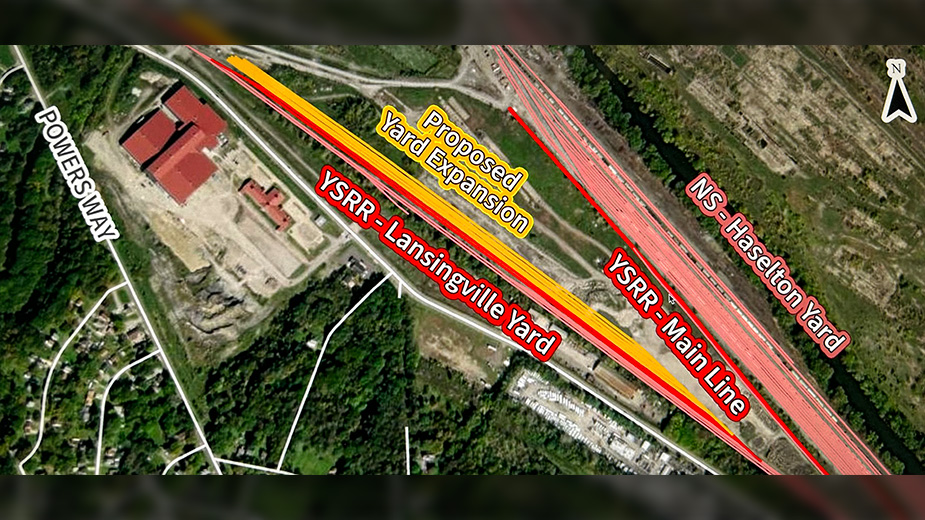PJM to Study Fuel Security of Electrical Grid
VALLEY FORGE, Pa. — PJM Interconnection, operator of the nation’s largest electrical grid, has outlined the next steps in its initiative to ensure future fuel security for electricity generation on its power system that serves 65 million people.
Fuel security is defined by PJM as risks to the fuel supply and delivery to critical generators. Ensuring it involves a combination of public policies, lower fuel prices and technology improvements that alter the traditional mix of generation resources, the company says.
PJM Interconnection, founded in 1927, serves all or parts of Delaware, Illinois, Indiana, Kentucky, Maryland, Michigan, New Jersey, North Carolina, Ohio, Pennsylvania, Tennessee, Virginia, West Virginia and the District of Columbia. The company coordinates and directs the operation of the region’s transmission grid, which includes over 84,042 miles of transmission lines, administers a competitive wholesale electricity market, and plans improvements to maintain grid reliability and relieve congestion.
“The PJM grid remains reliable even with the resource retirements analyzed to date [FirstEnergy’s plan to close three nuclear power plants and two coal-fired plants] and investment in new, increasingly more efficient gas-powered generation sources,” PJM stated. ”
In a 2017 report, PJM’s Evolving Resource Mix and System Reliability, PJM concluded that the system could remain reliable with the addition of more natural gas and renewable resources, but that “heavy reliance on one resource type” raises potential resilience risks beyond existing reliability standards.
PJM says it will initiate a process, starting immediately, to analyze fuel security vulnerabilities and establish criteria to assess areas in its system that could face future fuel security issues.
“Competitive markets remain the best mechanism to maintain a reliable and fuel secure system at the lowest reasonable cost to customers,” PJM’s president and CEO, Andrew L. Ott, said in a statement. “We have the ability to identify risks to the system and to put a value on resources that offset that risk.”
The process will involve three phases:
- Identify system vulnerabilities and determine attributes such as on-site fuel requirements, dual-fuel capability or others that ensure that peak demands can be met during extreme scenarios.
- Model those vulnerabilities as constraints in PJM’s capacity market, similar to existing transmission constraints, allowing for proper valuation of needed attributes in the market.
- PJM will continue to work with the U.S. Department of Homeland Security, the U.S. Department of Energy, the Federal Energy Regulatory Commission, states, stakeholders and others to ensure that the results are consistent with identified security needs in the PJM footprint.
PJM said anticipates completing the study within six months, and the results will be discussed with stakeholders, including state and federal agencies.
SOURCE PJM Interconnection.
Copyright 2024 The Business Journal, Youngstown, Ohio.



